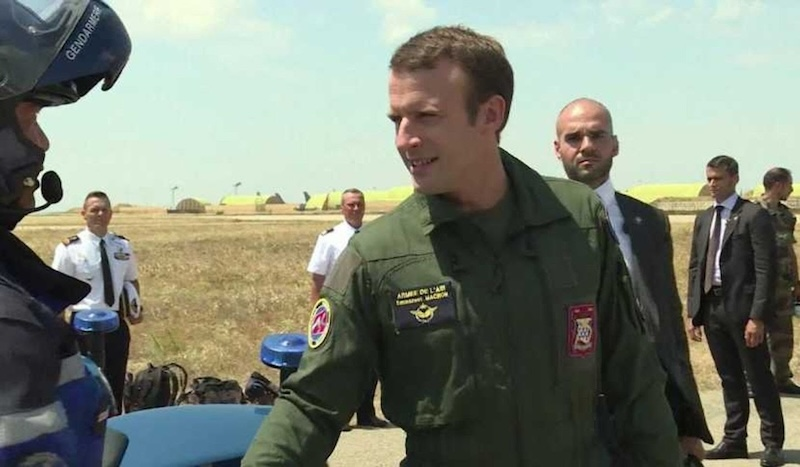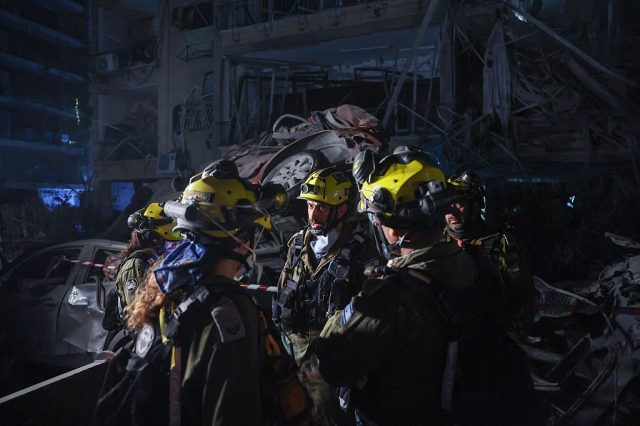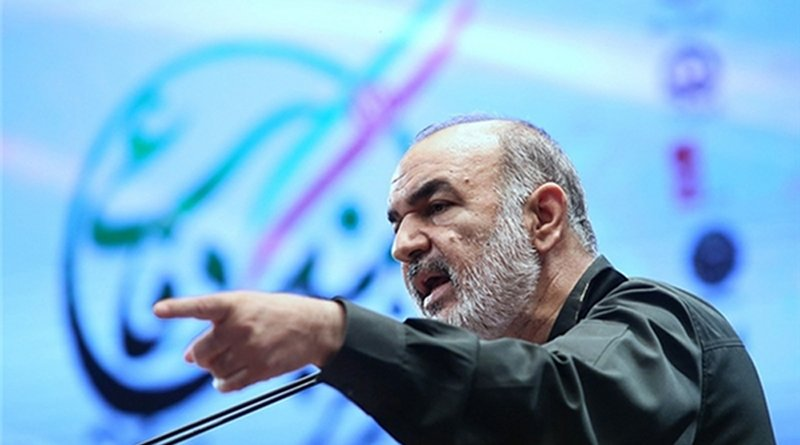Le sionisme et son destin
Le premier dit : «Le sionisme n’aurait jamais pu gagner sans l’holocauste». Le second ajoute : «Netanyahou, il a fait un peu exprès de laisser faire pour reconquérir Gaza». Qui sont-ils ? Où s’expriment-ils ? Combien de temps s’écoulera-t-il avant qu’ils ne soient injuriés dans tous les médias, convoqués par la police et gardés à vue ? Eh bien il s’agit respectivement de Daniel Cohn-Bendit et de Luc Ferry, ça se passe sur LCI et nous sommes le 19 mai 2025. Quant à la réprobation publique et à la convocation au commissariat, nous attendons encore. Ainsi va la tectonique des plaques.1





